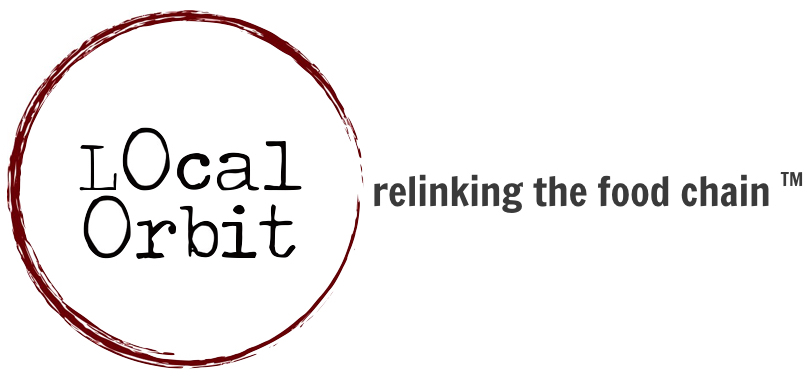Business Model Generation & Budgeting
Customer buying schedules
When do your customers use their food? Since one of the perks of buying local is the taste of super fresh food, consider when different types of customers will go through most of their food. Understanding their schedules will help you know when is an okay time to deliver, when you should call to remind them to buy, and more generally help you unnecessary customer service issues.
Restaurants’ busiest days are Friday – Sunday and some are closed on Monday and Tuesday. The exceptions are restaurants in business districts, like a breakfast place at a commuter train station or a lunch place near office buildings, which tend to be busiest during the week. While fresh ingredients are served as quickly as they arrive, there is other prep, like making sauces, dicing veggies for later cooking, thawing meat and making pastries or ice cream that often happens a few days earlier. Whether the restaurant serves breakfast, lunch or dinner can affect the time they need to receive their food deliveries by in order to get ready.
Schools and workplaces are usually busiest Monday – Friday, though some residential colleges have significant meal service on weekends too. It’s also worth noting that many large scale cafeterias, especially if they are closed over the weekend, prep recipes for Monday and Tuesday the week before.
Hospitals serve many meals, but there will be differences in needs depending on whether the food is going to patients or to the staff / visitor cafeteria.
Caterers will tend to be busiest Friday – Sunday and also the holidays at the end of the year.
At establishments where the food purchaser is not the chef or owner – this includes most groceries and institutions – it is unlikely that the food purchaser will work on weekends. So don’t wait until the weekend to make calls.
Artisan food producers and distributors’ needs vary much more by their particular business niches.
Grocery stores’ busiest days tend to be Friday – Monday. Tuesday and Wednesday are slowest. They restock their shelves throughout the day.
Can you balance seasonal demand shifts in your region? If you’re reliant on customers in vacation areas, where do those eaters go when it’s not vacation season? Can you identify customers who will offer counter-cyclic demand so you can maximize your season of operations and smooth out demand?
